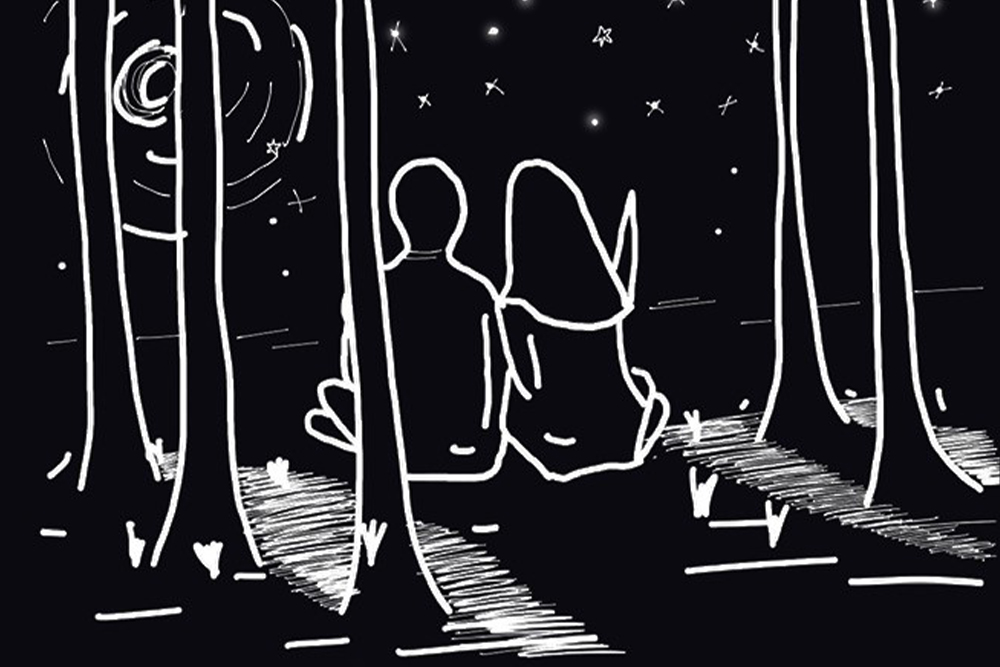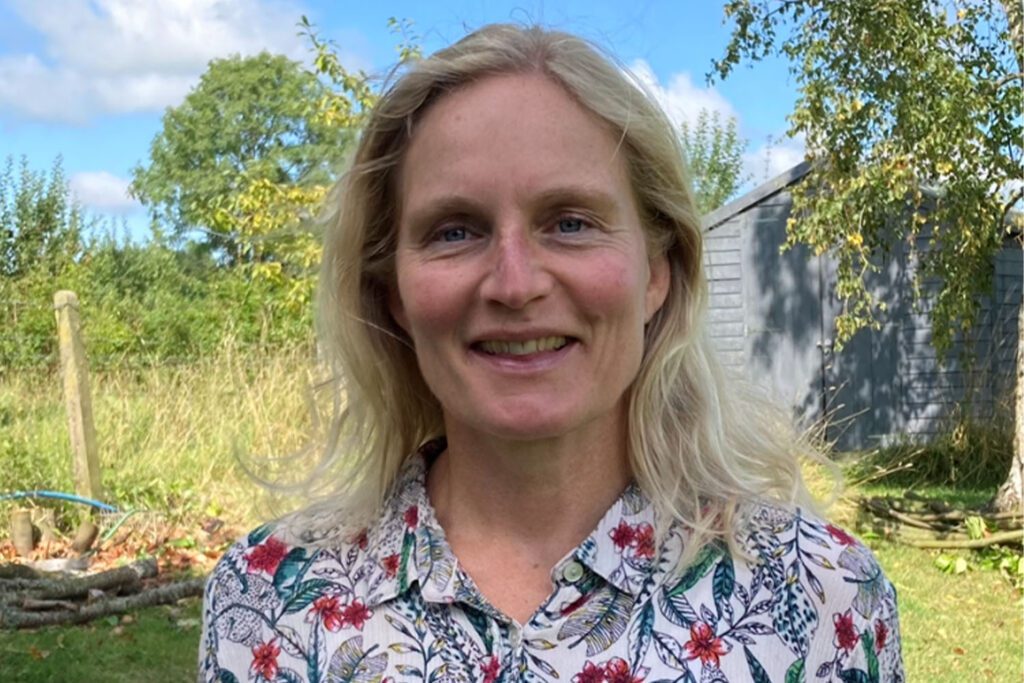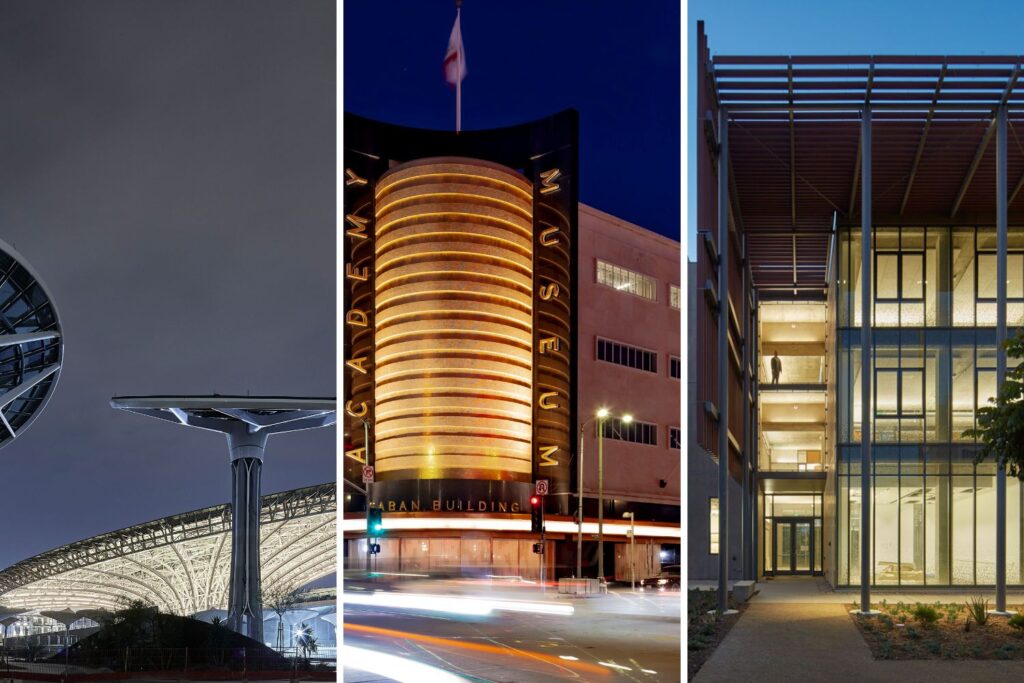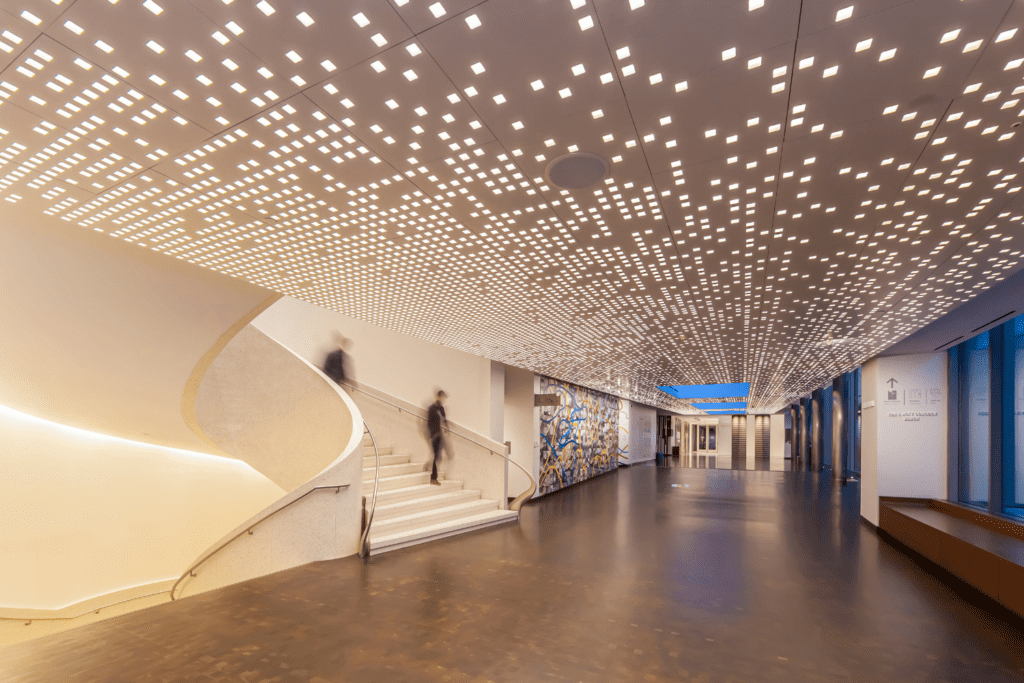The importance of conserving dark skies for people and nature
Light at night can be beautiful. It can be a source to guide and create a sense of place and belonging for people to relax and enjoy themselves as the dark evenings draw in. However, too much artificial light has negative impacts on human beings and the environment, disrupting delicate ecosystems and compromising biodiversity.

Light pollution
Light pollution, and the excessive and inappropriate use of artificial light at night, can affect human health, flora and fauna and our ability to experience the wonders of a starry night sky.
Research shows that light pollution is growing: Earth’s artificially lit outdoor area grew by 2.2% per year between 2012 and 2016. The damage caused by – and action required to mitigate – water and air pollution is now firmly established, but there is an argument that light pollution should receive a similar degree of consideration. This is especially important when discussing the natural environment, and the impact light pollution can have on ecosystem functionality and resilience.
The climate and biodiversity emergencies can be mitigated if we all act now. As lighting designers and ecologists, we have a responsibility to protect our natural environment, including the night sky.
Amy Rennie, Associate Lighting Designer
At Buro Happold, we design, advise and consult on the best solutions for people, places and planet. Our multidisciplinary work considers various factors; the ecology and biodiversity of our planet and human wellbeing and safety are of equal importance during the design process. Grouping multiple criteria together in this way creates more sustainable and equitable outcomes.
To reduce the harmful impact of artificial light into the atmosphere, we need to build resilience into the work we contribute to, for our communities and ecosystems. In the build-up to events such as COP27, government bodies are declaring the need for urgent action against the climate and biodiversity crisis. As building and external environment experts, we have a critical role to play in realising these outcomes.
The importance of darkness for people
Darkness is natural for our circadian cycle. Preserving darkness is important for our sleep, our biology and the health of our own ecosystem. Light is key to keeping our internal clock attuned to the environment. Outdoor lighting with cooler white lighting with shorter wavelengths can affect these natural sleep patterns.
Light pollution doesn’t just affect humans; it affects all living things. That is why the lighting and ecology teams at Buro Happold work closely together.
Amy Rennie, Associate Lighting Designer
Disruption can cause sleep disorders that have been linked to health issues such as obesity, stress, cardiovascular disease and a decrease in cognitive and motor skills. Exposure to artificial lighting at night supresses melatonin production, the primary sleep hormone that helps to increase tiredness and regulate sleep cycles.
Buro Happold lighting designer Amy Rennie is part of the leadership of the UK chapter of The International Dark Sky Association. She is passionate about working to address light pollution and believes, “We must celebrate dark skies, protect our view of the stars and allow everyone to connect to nature. As a lighting designer I am always thinking about the role humans have in the balance of lighting and nature, and I wish to raise awareness of the impact light pollution has on people, ecology and biodiversity.
“Everyone in the lighting and ecology teams at Buro Happold shares these values. It is a central part of our ethos to embed and share these principles in our designs, and educate those we work with, the benefit that darkness has for all .”
The importance of darkness for wildlife
Night-time lighting can also disrupt wildlife: species that are nocturnal and adapted and/or dependent on dark environments are particularly affected by light pollution. Such species have evolved enhanced senses such as smell, eyesight, hearing or echolocation. These adaptations to dark environments can be vital for their ecology (eg migration patterns), behaviour and survival – examples of the benefits of these adaptations are evading day active predators and reduced competition for resources.
Dark skies are vital for species that rely upon darkness for their day-to-day existence. The collaboration between lighting designers and ecologists means we can incorporate wildlife sensitive lighting designs into our projects, which is a key element in their conservation and in tackling the biodiversity crisis.
Mónica Lozano Subiranas, Ecologist
Inappropriate light spill and glow from new developments can be harmful for some wildlife. Hatchling sea turtles require a dark horizon at sea level to help them orient from the hatching beach to safety in the sea. Illuminated buildings and brightly lit urban areas can disorient migrating birds, attracting them to our cities and causing many birds injured or killed in building collisions every year.
In urban areas, we must also consider the importance of protecting existing ecological and dark corridors (eg rivers) from light pollution. Where new ecological habitats or corridors are created, careful planning of artificial lighting must ensure that the biodiversity value of these important natural corridors remains for nocturnal species.

At Mayfield Park in central Manchester, our team ensured that sensitive lighting design was implemented so that the river remains a dark corridor suitable for foraging and commuting bats. Our work for the University of Bristol’s Temple Quarter Enterprise Campus involved ensuring that specified lux level limits on watercourses and the associated banks were met.
How can we balance light and dark for people and for nature?
Our challenge, when considering lighting design and ecology, is finding the right balance between function, aesthetics and the environment. This doesn’t have to mean no light at all, but we suggest that light must be thought of holistically, considering the environmental, ecological and human aspects.
Controlling lighting through smart control systems, lowering the lighting levels during progressive night hours and designing in accordance with the environmental and surrounding conditions will help protect the night and minimise light pollution (and the negative effects light pollution can have on local ecosystems). Managing the spectral power distribution (SPD) of light and designing to apply appropriate responsible outdoor lighting solutions to a project can improve the external environment for all.


We understand the importance of the intersection of lighting design and biodiversity consideration and integrate this into our projects wherever we can. This article provides a snapshot of our work. Eden Project North is an extension of the Eden Project in Cornwall, located in the north-west of England, with a focus on education, ecology and community. Such a project necessitated a focus on the impact of lighting design. Our specialist lighting team created a bespoke, low-energy and low impact lighting strategy to preserve the Ramsar conservation area, the dark skies above Morecombe Bay, and provide an appropriate level of light for users.
We have international experience of working with wildlife experts to use cutting-edge techniques in development planning and zoning. For example, modelling a turtle’s eye-view from different locations on nesting beaches has helped to guide placement of development. Along with physical screening, this aims to ensure that nesting beaches and surrounding areas remain appropriately dark, helping turtles to continue to follow their natural nesting behaviour adjacent to development areas.

Light and darkness need to be considered in the same breath. Using both elements can create spaces that are wonderful for people to explore and experience a spectacle of light and dark, while ensuring the conservation of the nocturnal species. Our work on Grace Farms arts and community centre in Connecticut, USA, demonstrates the importance of this.
The lighting design focused on maintaining a sense of connectivity between the natural landscape and the glass pods that house the centre’s amenities. This was done by strategically placing exterior lighting so that it served a purpose to users in the vicinity of the building would not be intrusive from afar, and by balancing the respective interior and exterior illumination levels, largely by dimming down the interior light. The project received a Lumen Award of Merit in 2016.
Mitigation measures
Re-thinking the way we illuminate our outdoor environments can be complex, but it can also mean asking some straightforward questions and taking simple actions. We must consider interrogating the brief. Is the lighting requested necessary and appropriate?
The International Dark Sky Association explains some key principles for responsible outdoor lighting. All light should have a clear purpose, and only used where and when needed. For example, lights can be turned off when not in use (especially in summer) to preserve darker spaces, and shielding and accurate direction means light does not spill beyond where it is necessary. Low light levels must be considered; it is best practice to use the lowest light level possible.
The use of light is functional; it should only be used when it is useful and achieves its purpose. Colour of light is also relevant. Where white light is required, it should be warm. Lighting that emits minimal ultraviolet light or warm lights with long wavelengths protects our environment, promotes our connection to nature and enhances visibility and appreciation of the night sky.






